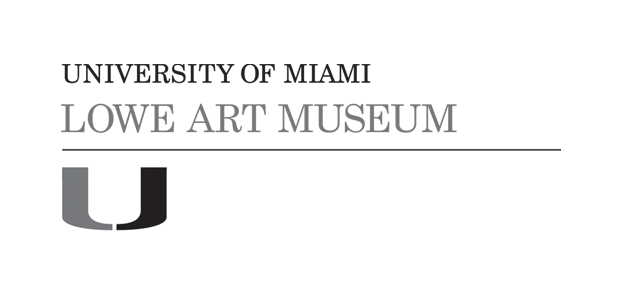View of the Indians of Terra del Fuego, with a Representation of a Hut, and Their Domestic Mode of Living
Artist/Maker
Thomas Morris
(England, born c. 1750, died 1811 or after) Date1784-1786
CultureEnglish
Mediumengraving
DimensionsSheet: 9 3/4 x 14 1/4 in. (24.8 x 36.2 cm)
ClassificationsVisual Works
Credit LineGift of Drs. Ann and Robert Walzer
Object number2004.50.9.16
DescriptionJames Cook (1728-1779) first arrived in Tierra del Fuego at the southern end of South America in January of 1769. Communication with the native peoples was difficult and interactions were limited. In his journal, Cook wrote that the native Haush people lived in such a simplistic society, the Europeans, “ … could not discover that they had any head or chief, or form of Government, neither have they any usefull or necessary Utentials except it be a Bagg or Basket to gather their Muscels into: in a Word they are perhaps as miserable a set of People as are this day upon Earth.” Both Sydney Parkinson (Scottish, ca. 1745-1771) and Alexander Buchan (British?, d. 1769) made pencil sketches of the Haush, and both drew similar images depicting a group of natives seated around a fire in their hut. Working from these, Giovanni Battista Cipriani (Italian, 1727-1785) created a wash and watercolor drawing, which was then engraved by Francesco Bartolozzi (Italian, 1725-1815) as the first plate in the second volume of the official account of Cook’s first voyage, An Account of the Voyages undertaken by the order of his present Majesty for making discoveries in the Southern Hemisphere…, by John Hawkesworth, published in London by Strahan and Cadell in 1773. The engraving commissioned by Alexander Hogg (English, fl. ca. 1778-1824), which gives credit to Cipriani as the designer, is a copy after Bartolozzi’s print by an engraver named Thomas Morris (British, b. 1750?), who reversed the original in order to make his version.













